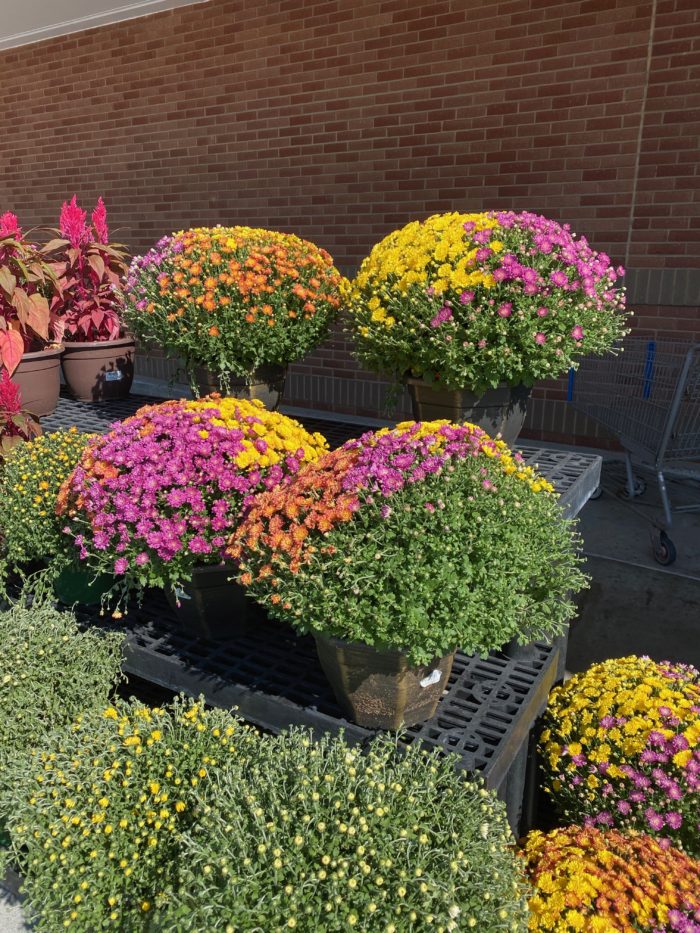
Throw your mums on the compost heap. If you purchased a garden mum (Chrysanthemum spp. and cvs., Zones 5-9) for fall decor, chances are it’s beginning to fade. A quick internet search may yield articles urging you to plant your mum in your garden and enjoy it for years to come. However, I’ve been down that road many times, and it never quite works out like you imagine. First, given the amount of energy this plant just expended on blooms, it hardly has enough left to establish well in your landscape. Second, you will be disappointed by the amount of space this plant takes up in relationship to the bloom. So, send mums to the compost pile and support a local independent garden center or farmers’ market stand and buy another one next year.
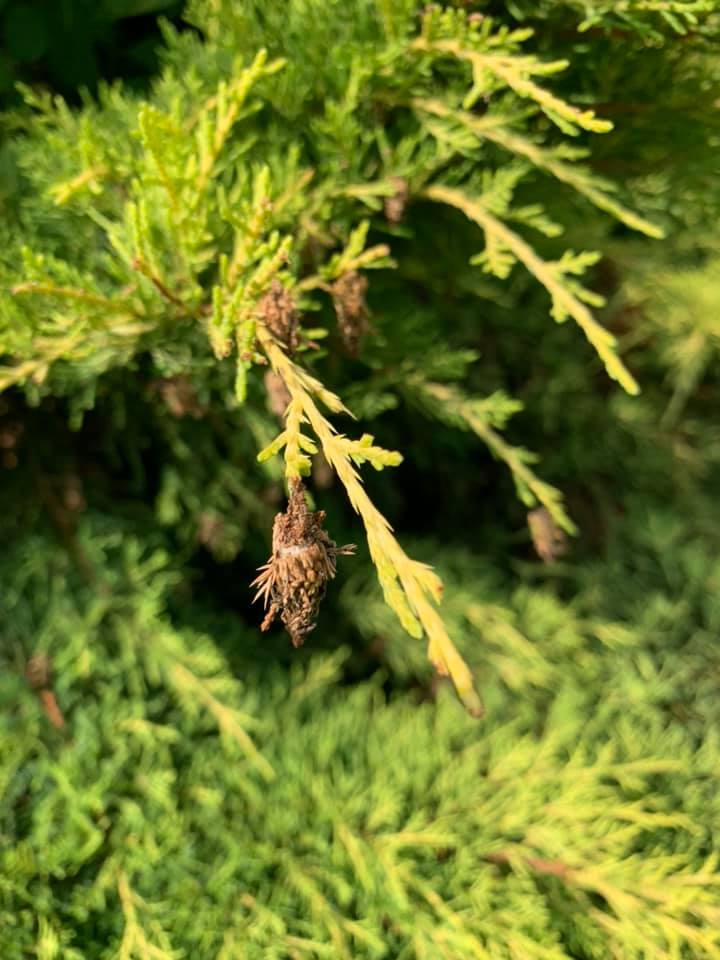
Pick bagworm bags off your plants. Both male and female bagworms make bags constructed from the plant material they are feeding on. This time of year, the male bags are empty. However, the female bags are full of eggs. To prevent damage next year, do your best to remove as many of the bags as possible. Make sure to throw these bags in the trash and not the compost. If you cut a bag open, male bags should have an empty pupal tube inside. Some gardeners report that female bags are often higher on the plant.

Plant trees and shrubs. Towards the end of the month is my absolute favorite time of the year to plant hardy trees and shrubs in the landscape. October is comfortable for both the plants and the gardener. Soil temperatures allow for good root growth, so plants will be in a good position to firmly establish in the spring. The best part is the lack of care required for fall planted trees and shrubs in our region. Cooler temperatures and later winter rains do most of the work for the gardener. However, be cautious in October as it can be the driest month of the year in many Southern gardens. Deeply water newly planted trees and shrubs and continue to watch them between now and mid-November.
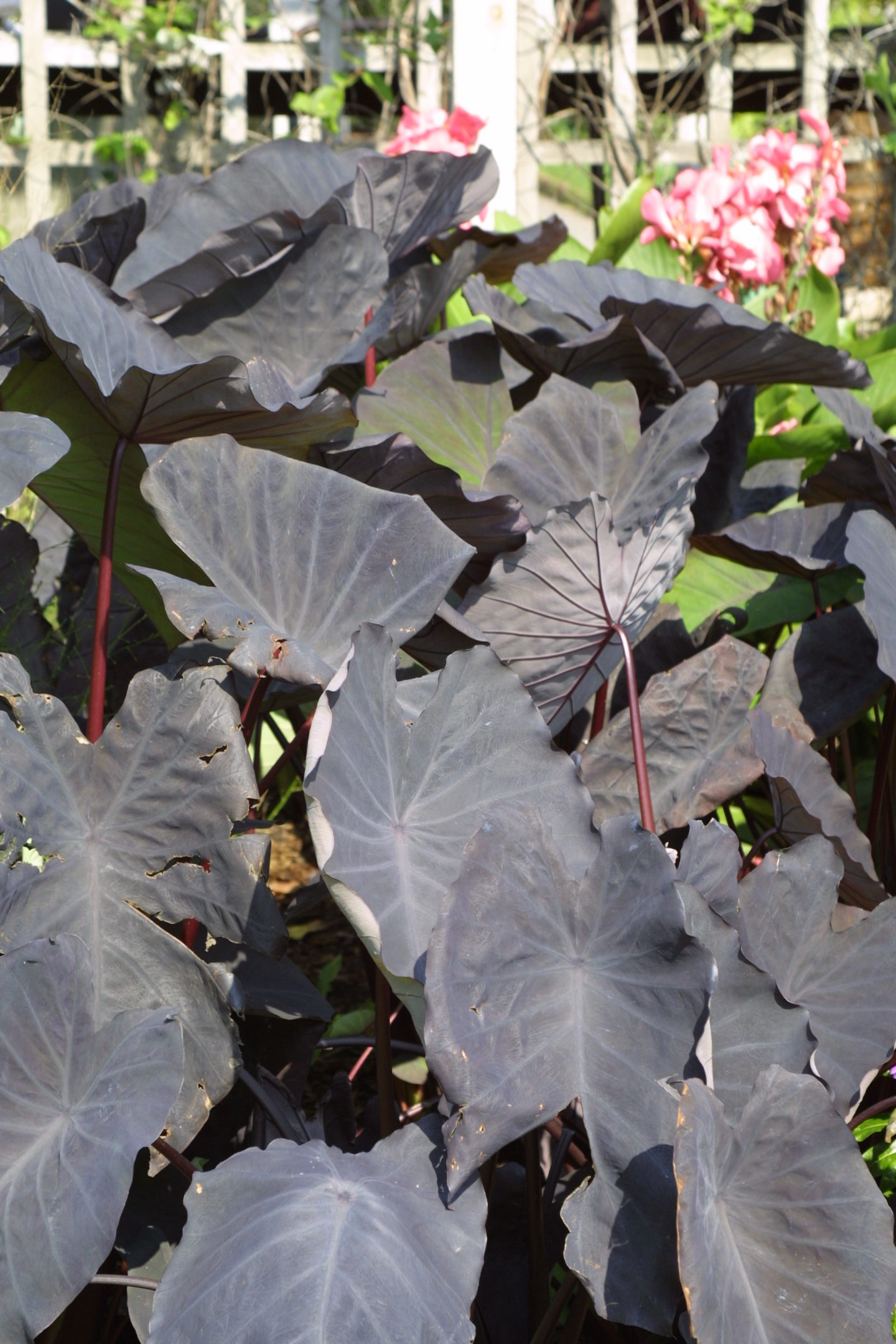
Prepare to overwinter tropicals. In more temperate parts of the South, the end of this month will be time to gather any non-hardy plants you want to save. Although some are perfectly hardy, tender varieties of elephant’s ears (Alocasia, Colocasia, and Xanthosoma spp. and cvs., Zones 8-11) should be dug to insure their survival. Caladiums (Caladium spp. and cvs., Zones 9-11) should also be removed from the soil and saved in areas weather gets below 40°F consistently. Many of your favorite annuals like coleus (Plectranthus scutellarioides, Zones 10-11) can be saved by taking cuttings and overwintering them as small plants indoors.
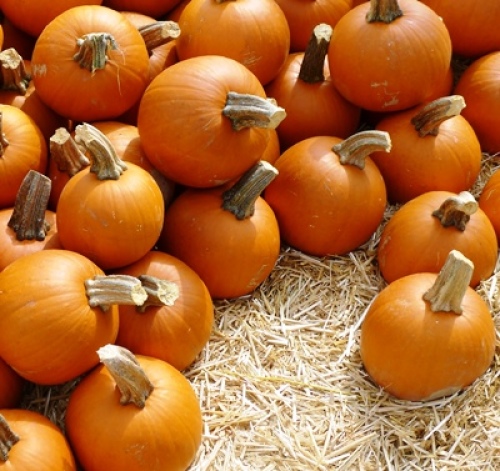
Keep your pumpkins clean. Whether you grew them yourself or you purchased them, it’s a good idea to wash pumpkins and gourds you plan on displaying with a very mild bleach solution. This can help prevent rot and they will last longer. Additionally, displaying them in areas that remain dry will increase their longevity.
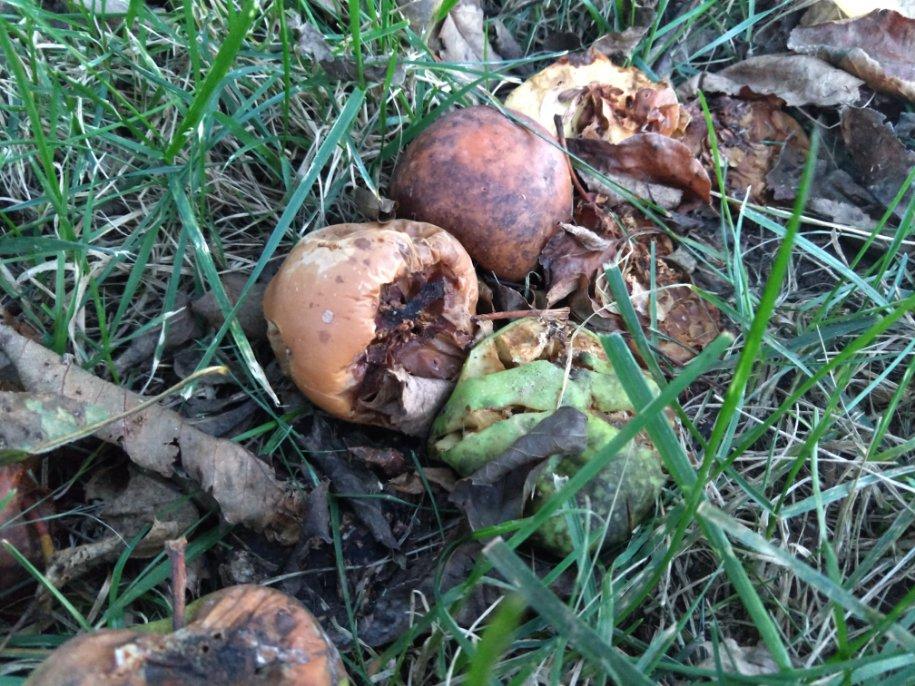
Prevent disease in fruit trees. Most of home garden fruit picking is complete by the time October rolls around in the South. This is the month for clean-up. Pick up any fallen fruit on the ground or remove fruit left on the tree. This goes for apples, pears, and peaches in particular. An ounce of prevention is worth a pound of cure. Good sanitation practices can really help prevent diseases in the following year.
Andy Pulte is a faculty member in the plant sciences department at the University of Tennessee.
Fine Gardening Recommended Products

Lee Valley Large Gardener's Wash Basket
Fine Gardening receives a commission for items purchased through links on this site, including Amazon Associates and other affiliate advertising programs.

Corona E-Grip Trowel
Fine Gardening receives a commission for items purchased through links on this site, including Amazon Associates and other affiliate advertising programs.

ARS Telescoping Long Reach Pruner
Fine Gardening receives a commission for items purchased through links on this site, including Amazon Associates and other affiliate advertising programs.


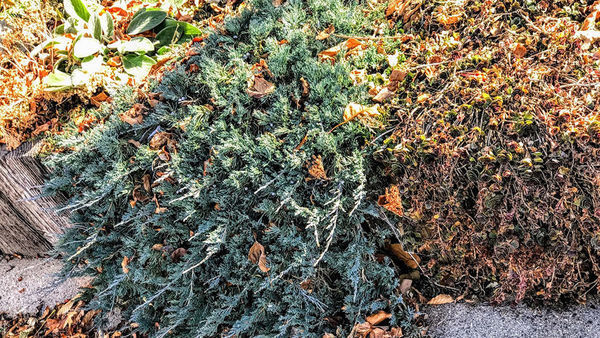
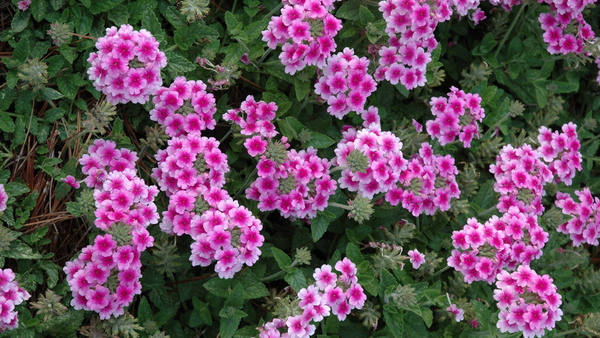















Comments
Log in or create an account to post a comment.
Sign up Log in